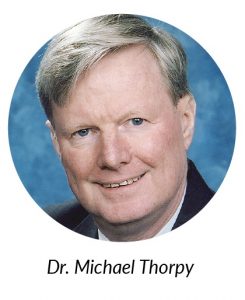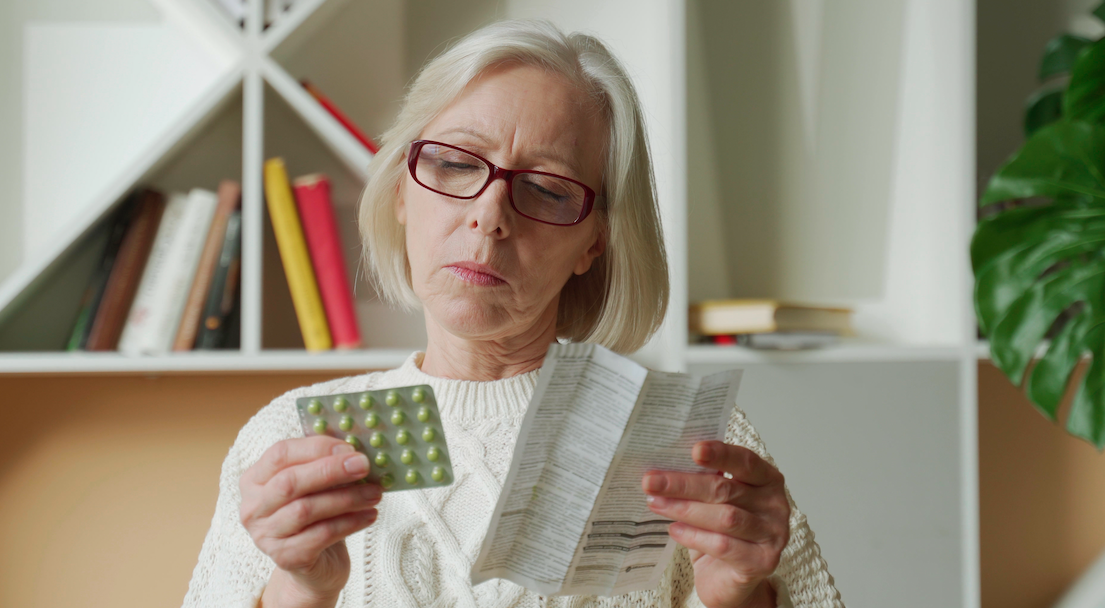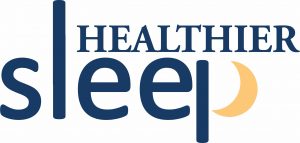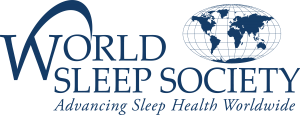You walk into your doctor’s office and walk out with a diagnosis of narcolepsy. What does that mean? Where do you go next? What does treatment look like for you?
Dr. Michael Thorpy, MD is director of the Sleep-Wake Disorders Center, Montefiore, and professor of neurology, Albert Einstein College of Medicine. He took the time to speak with Healthier Sleep Magazine regarding this important topic for patients dealing with sleep issues.
Narcolepsy
According to Dr. Thorpy, “If a patient presents with excessive daytime sleepiness, and we determine that the patient has narcolepsy, we need to determine the severity of it and what the clinical features are.” 
Classical narcolepsy includes daytime sleepiness, but in order to be diagnosed, there are other features that need to be deemed present as well. The three main symptoms associated with narcolepsy include:
- Excessive daytime sleepiness.
- Abnormal REM sleep phenomena of which cataplexy is the main symptom. (Cataplexy is defined by a sudden loss of muscle tone while a person is awake.)
- Disturbed nocturnal sleep.
Many patients with a narcolepsy diagnosis will require a combination of drugs, however, the first line of drugs is most always a medication called oxybate. “There are two different types of oxybate,” Dr. Thorpy explained. “There is sodium oxybate which has a high content of sodium associated with it. And then there is a newer form also known as low-sodium oxybate or mixed cation oxybate which has about 92% less sodium.” The choice between drugs has mostly to do with the fact that many patients dealing with narcolepsy may also be facing cardiovascular challenges (and some other medical conditions) that require them to not be consuming large amounts of sodium.
Sodium oxybate is a liquid medication given before bed and then again 2.5 to 4 hours later during the night. “It has the advantage of improving not only the daytime sleepiness but also any abnormal REM phenomena that occur, and it also helps nocturnal sleep.”
In fact, sodium oxybate is really the only medication that treats all the features of narcolepsy. If a patient is using sodium oxybate and still having daytime sleepiness, additional medication may be required.
If after treatment with sodium oxybate, the patient has daytime sleepiness and some abnormal REM phenomena, pitolisant might be up for discussion. “Pitolisant is taken during the day and helps not only the daytime sleepiness but also helps that abnormal REM phenomena,” Dr. Thorpy explains. It is one of the only daytime sleepiness drugs that is unscheduled.
Further down the line in medication options for narcolepsy are methylphenidate and amphetamines. The problem with both of these drugs is that, while they may help daytime sleepiness, they may also present significant side effects, particularly cardiovascular. These drugs also have the potential for abuse.
For many patients, just because a drug is the best for them, doesn’t mean they can get approval to take it. Drug choice can be affected by which drug will be approved by their insurance. Neuro medications are more expensive and therefore more difficult to get approved. Insurance companies can also hesitate in granting approval for new medications.
Idiopathic Hypersomnia
Idiopathic hypersomnia is another disorder that can cause excessive daytime sleepiness. Only recently has the FDA approved the first drug for treating this condition. In August 2021, low sodium oxybate gained FDA-approved for the treatment of idiopathic hypersomnia, and therefore became the first FDA-approved drug for that condition. Dr. Thorpy shared that because of this, “people have generally resorted to the drugs that have been used in narcolepsy – predominantly the stimulants because by definition they don’t have the abnormal REM sleep phenomena that narcolepsy has.” Common prescriptions for idiopathic hypersomnia include the modafinils or solriamfetol. Methylphenidate and amphetamines are also a possibility for patients dealing with this condition.
On the Horizon
There are many drugs that may be ready in the next year or two. These include:
- Reboxetine: Currently undergoing Phase III clinical trials. This is an anti-depressant that appears to be helpful in treating cataplexy as well other features of narcolepsy, unlike other anti-depressants that only seem to help with cataplexy. This most likely would be coupled with other drugs depending on what symptoms remain after using this medication.
- Once nightly Sodium Oxybate: There is currently some development of a sodium oxybate medication that only needs to be given once a night. The problem is this drug will not be of the low sodium variety which may prove a problem for some patients.
- SUVN-G3031: The company Suven Life Sciences is exploring another histamine receptor histamine-H3 receptor antagonist (or histamine agonist) that they believe has some advantages over its current competitor: pitolisant. There are currently no head-to-head trials between the two medications so it may come down to which drug has a better safety profile.
- TAK994: According to Dr.Thorpy, one of the most exciting areas of development is right here with drugs in the orexin agonist category. “These are drugs that stimulate the receptors that are primarily involved in narcolepsy,” he explains. These drugs are currently under investigation, and it will be well over a year before it is even determined if these drugs have a good enough safety protocol to move forward. There is currently no evidence that this drug has a positive effect on nocturnal sleep, but it does seem to help with excessive daytime sleepiness and cataplexy.
- Mazindol: Once upon a time this was a weight control drug. However, there is now some evidence of its off-label help with narcolepsy. Time will tell.
……………………………………………………………………………………………………………………………………………………………………………………………………………………………………………..
Wendi Kitsteiner formerly wrote for the RLS Foundation and Mayo Clinic. She currently lives on a farm in East Tennessee with her husband where they are homeschooling their four children.



